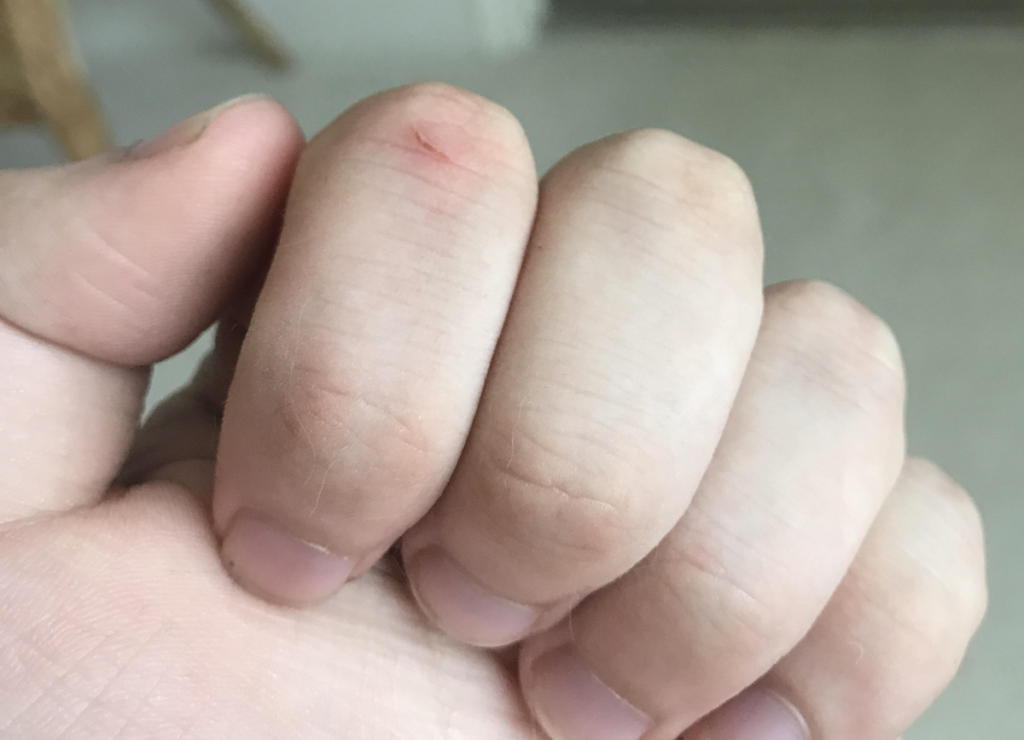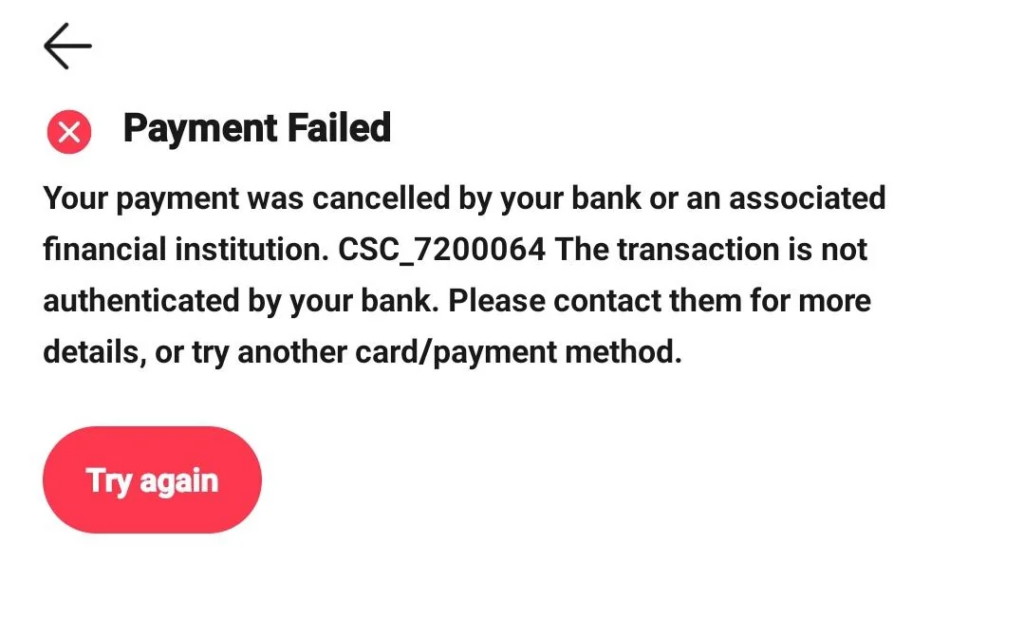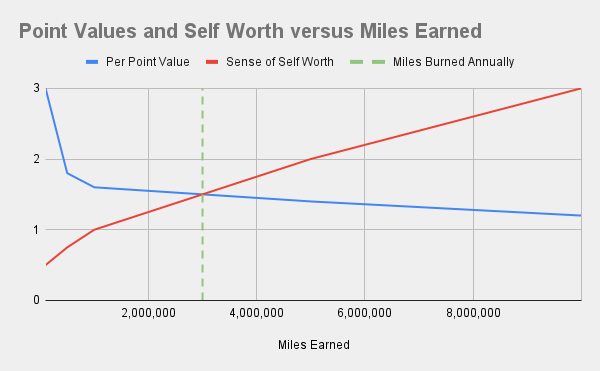Introduction
One of my favorite travel tools is seats.aero, a site that shows you inventory for award flight redemption availability across about a dozen mileage programs. It’s got limitations in that data is only available for certain routes, award discounts for elites and card holders aren’t included, data isn’t refreshed for hours or days depending on which searches have been run, and plenty of other small things too. But the tool is perfect for illustrating a concept in churning and travel hacking: By finding your perfect redemption, sometimes you also find someone else’s perfect redemption.
Background
I was looking for space to open on an international First award, and while I generally knew about when award space opened up on the potential routes that I wanted to fly, I wanted to fine-tune the timing with fresh data-points. So, a few weeks before when I thought the route would open:
- I looked for where inventory was opening up on the routes I might take, using seats.aero and a couple of airline partner’s mileage programs
- I saw that the routes I wanted usually opened up the morning US time, and usually 3-5 days out
- I also saw that seats.aero wouldn’t see inventory right away, exactly as expected given how it works
My takeaway was that at five days out, I needed to search for the inventory I wanted every couple of waking hours, but especially in the morning.
The Ouchee
Starting five days out, here’s what happened:
- T-5: No inventory
- T-4: No inventory
- T-3: No inventory
I did have a backup flight booked on British Airways, so there wasn’t a concern about getting home, but it’s British Airways. So late on the evening of T-3, let’s call it approximately T-2.5, I used seats.aero to look at business class availability on major routes from Europe to my preferred US airport to see what my best options were that weren’t British Airways.
Seats.aero showed plenty of cached results for my search, and I began investigating those on different airline websites. While I was exploring, seats.aero was running a real-time search in the background in another browser tab. I kept exploring and saw a notification from seats.aero pop-up, but because I’d just looked for space and it wasn’t there, I assumed the alert was for some other route that I was also monitoring.
Fast-forward a few minutes later to when I looked at the alert. It was for the flight and route that I wanted! So, I confirmed the space with a partner airline’s award search, then started to book it. But, the space vanished before I could complete the booking.
What happened? I’m certain that someone else had a seats.aero alert for the same route that I did, and they got the same alert after my real-time search showed that space had opened. Because I delayed by a few minutes, they got the flight before I did, and they found out about the flight because of me too.
The Band-Aid
I was annoyed at myself for a couple of minutes, but in my research I found that when one route had award availability open up, other routes usually did too. Since I’d only searched for one airport, seats.aero had only refreshed its inventory for that airport. No other alerts for other routes had likely gone out.
I searched my second best airport option, and First space was open there too. I booked that instead and got (mostly) the redemption I wanted.
The Takeaway
When you use a tool like seats.aero, PointsYeah, point.me, or Award Tool, that alerts based on the results it finds, you might trigger alerts for your competition too. When space really matters, consider skipping those tools and use airline award sites directly.
Of course the concept applies to manufactured spend, churning, and other branches of travel-hacking too, the implementation is just slightly different.
Happy hacking!
The magnitude of my ouchee.







